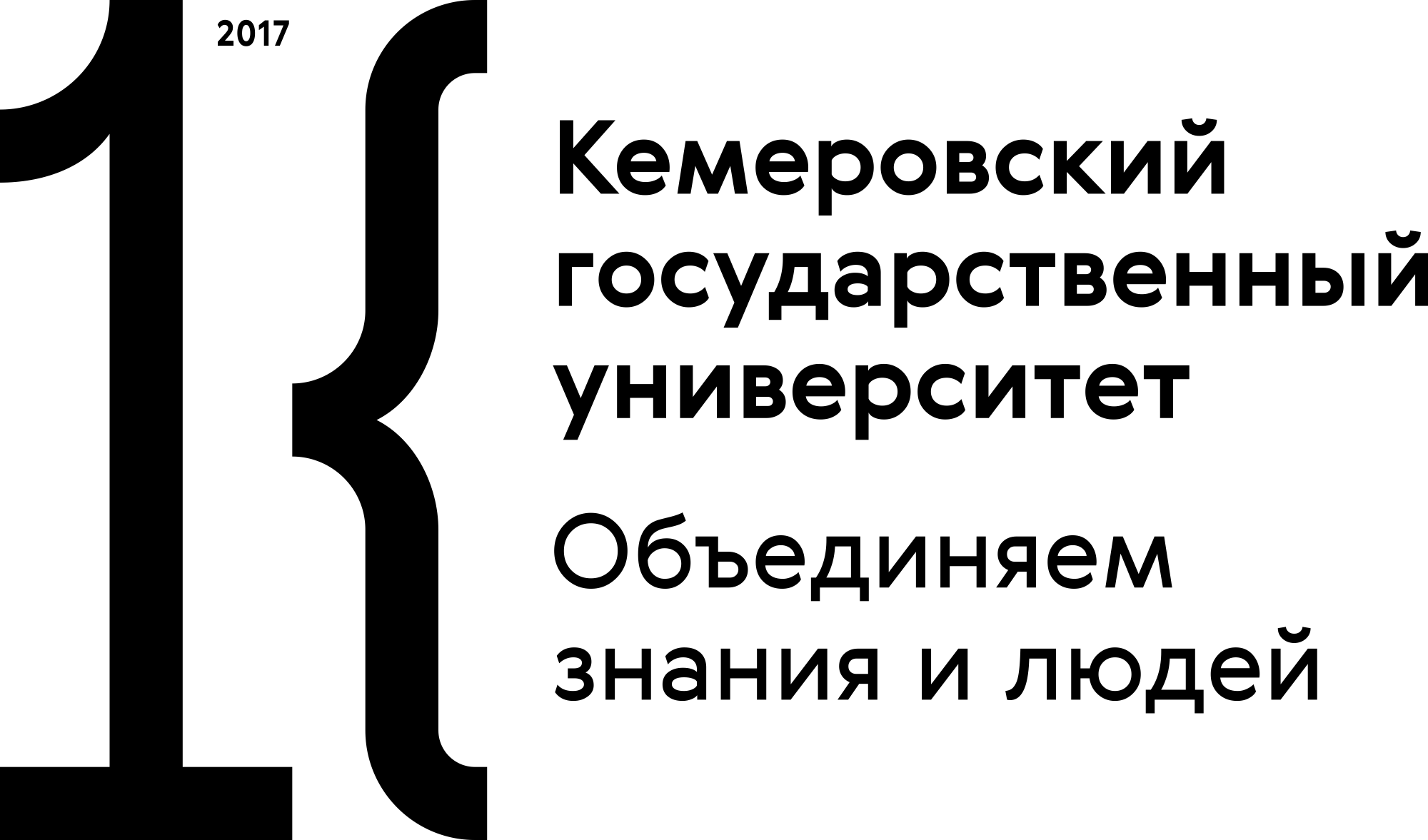Moskva, Russian Federation
UDC 10
Numerous non-political radical ideas that appeared in the digital space of the RuNet require a thorough theoretical analysis as potentially extremist. The present research featured views and activities of radical gender Internet communities. The research objective was to assess their potential threat to society. The study was based on both empirical and theoretical analyses. The author developed a set of criteria that made it possible to refer some Internet communities to "hate groups." He used a specially compiled thesaurus in search engines and social media search programs. The empirical information was structured and conceptualized. The novelty of the research lies in the criterial and typologizing analysis of a previously unexplored fragment of radical activity on the RuNet. The article introduces a set of categories and criteria for identifying radical non-political Internet communities. The author established the addresses of the Internet distribution of masculists and radical feminists, compared them, and assessed their potential threat to society. The results may be of interest to social scientists and government officials, as well as to specialists in security issues.
hate groups, new Internet subcultures, social threat, radical ideas, gender opposition, speech aggression
1. Bareev M. Yu., Kachurina I. O. YouTube as a factor in shaping the protest potential of young people. Regionologiya, 2019, 27(3): 572-587. (In Russ.) DOI:https://doi.org/10.15507/2413-1407.107.027.201903.572-587
2. Nikitina T. A., Terentyeva I. A. Countering the spread of extremist ideology in the information space. Vestnik Povolzhskogo instituta upravleniia, 2019, 19(3): 100-106. (In Russ.) DOI:https://doi.org/10.22394/1682-2358-2019-3-100-106
3. Butenko A. S. Extremism on the Internet: the concept and the essence. Yurist-Pravoved, 2019, (2): 57-61. (In Russ.)
4. Pashchenko I. V. The ideology of terrorist communities on the Internet: the dissemination technologies and the specificity of countering. Caucasian Science Bridge, 2018, 1(2): 12-24. (In Russ.) DOI:https://doi.org/10.23683/2658-5820.2018.2.1
5. Butkevich S. A. Extremism and terrorism in cyberspace: detection, neutralization and prevention. Bulletin of the Krasnodar University of the Ministry of internal Affairs of Russia, 2018, (1): 17-22. (In Russ.)
6. Nerubenko A. S., Eliseeva E. S. Extremism as a social and legal phenomenon: dissemination of extremist materials on the Internet. Vestnik Belgorodskogo yuridicheskogo instituta MVD Rossii, 2018, (1): 41-44. (In Russ.)
7. Boldyrev E. V., Gontarenko N. N. Youth extremism on social media: an analysis of the main trends and countermeasures. Obzor. NTsPTI, 2020, (2): 37-46. (In Russ.)
8. Muryukina E. V. Media education analysis of terrorist sites for youth. Media Education, 2017, (1): 198-212. (In Russ.)
9. Rudik M. V., Volkov D. V. Social networks as a means of spreading extremism. Bulletin of the Krasnodar University of the Ministry of internal Affairs of Russia, 2017, (2): 32-35. (In Russ.)
10. Klyuchko E. I. Social integrative aspects of discursive practices of nationalist online communities. Vestnik Juzhno-Ural'skogo gosudarstvennogo universiteta. Seriya "Social'no-gumanitarnye nauki", 2016, 16(2): 69-73. (In Russ.) DOI:https://doi.org/10.14529/ssh160211
11. Styszynski M. Jihadist propaganda in the Internet and social media. Politicheskaya lingvistika, 2016, (5): 158-164. (In Russ.)
12. Bykadorova A. S., Churilov S. A., Shapovalova E. V. The extremization of youngsters in the Internet. Kazan Pedagogical Journal, 2016, (3): 181-184. (In Russ.)
13. Ushkin S. G. User comments to protest actions in the Russian-language segment of YouTube. Sotsiologocheskiie issledovaniia, 2014, (6): 127-133. (In Russ.)
14. Antonova Yu. A. Virtual community in social network as a way of distribution extremist ideology among young people. Politicheskaya lingvistika, 2012, (4): 71-80. (In Russ.)
15. Salimovsky V. A., Ermakova L. M. Extremist discourse in Runet communication. Vestnik Permskogo universiteta. Rossiyskaya i zarubezhnaya filologiya, 2011, (3): 71-80. (In Russ.)
16. Kuzmin A. G. "The right" Internet in Russia: specificity of development and counteraction problems. Politicheskaia ekspertiza: POLITEKS, 2008, 4(3): 75-96. (In Russ.)
17. Klimenko N. S. "Childfree" and "Yazhemat" as bipolar categories of modern femininity. Vestnik Kemerovskogo gosudarstvennogo universiteta kul'tury i iskusstv, 2017, (40): 59-62. (In Russ.)
18. Soloshenko P. V. Feminism on YouTube. Skif. Voprosy studencheskoi nauki, 2018, (6): 231-237. (In Russ.)
19. Zhaivoronok D. V. Anxiety, translation and the dream of a common language: on feminists' discussion of commercial sex. Sociology of Power, 2018, 30(1): 33-59. (In Russ.)
20. Patiletova L. V. Gender identity against social chaos: Russian antifeminism as a mass female project. Koncept, 2017, (8): 96-103. (In Russ.) DOI:https://doi.org/10.24422/MCITO.2017.8.6968
21. Yakoba I. A. Gender in internet-communications: development dynamics. Vestnik Irkutskogo gosudarstvennogo tehnicheskogo universiteta, 2013, (1): 303-309. (In Russ.)
22. Malakhova E. V. Methodological approaches and principles of contemporary youth subculture study. Izvestiia MGTU "MAMI", 2014, 5(1): 129-132. (In Russ.)


















